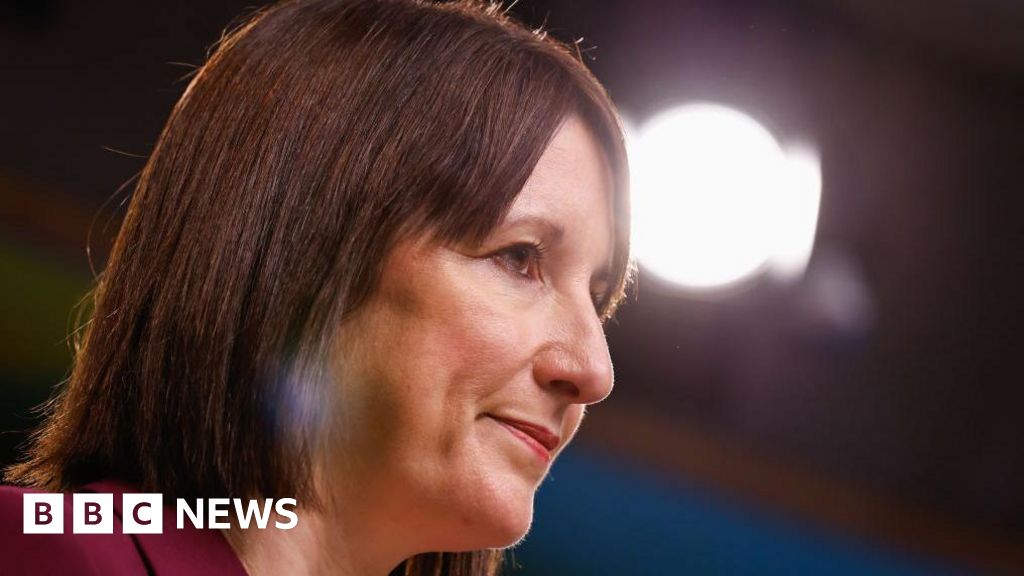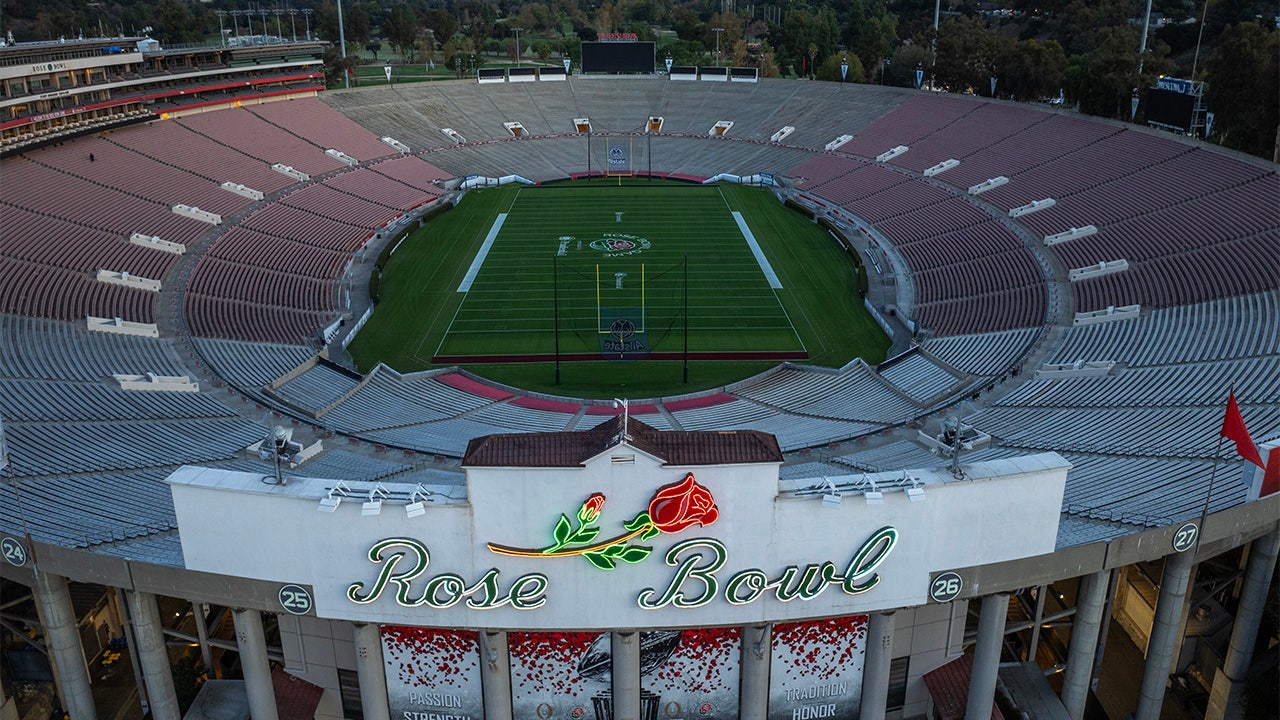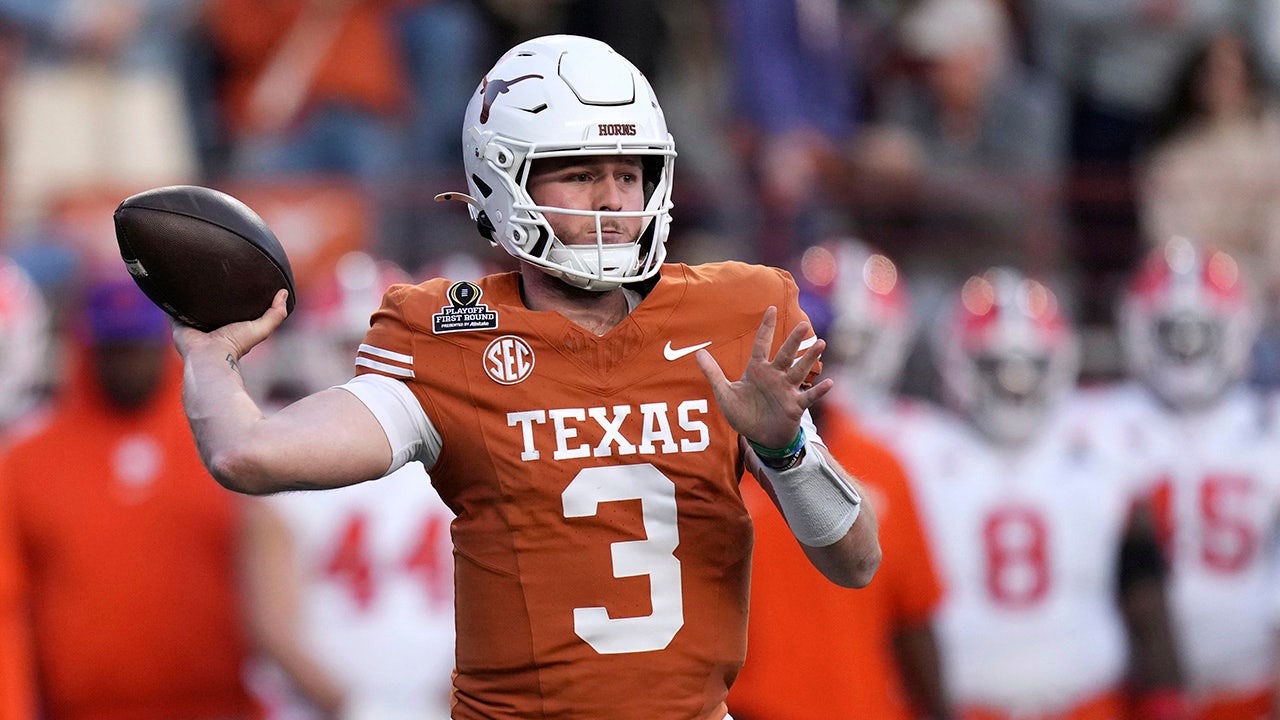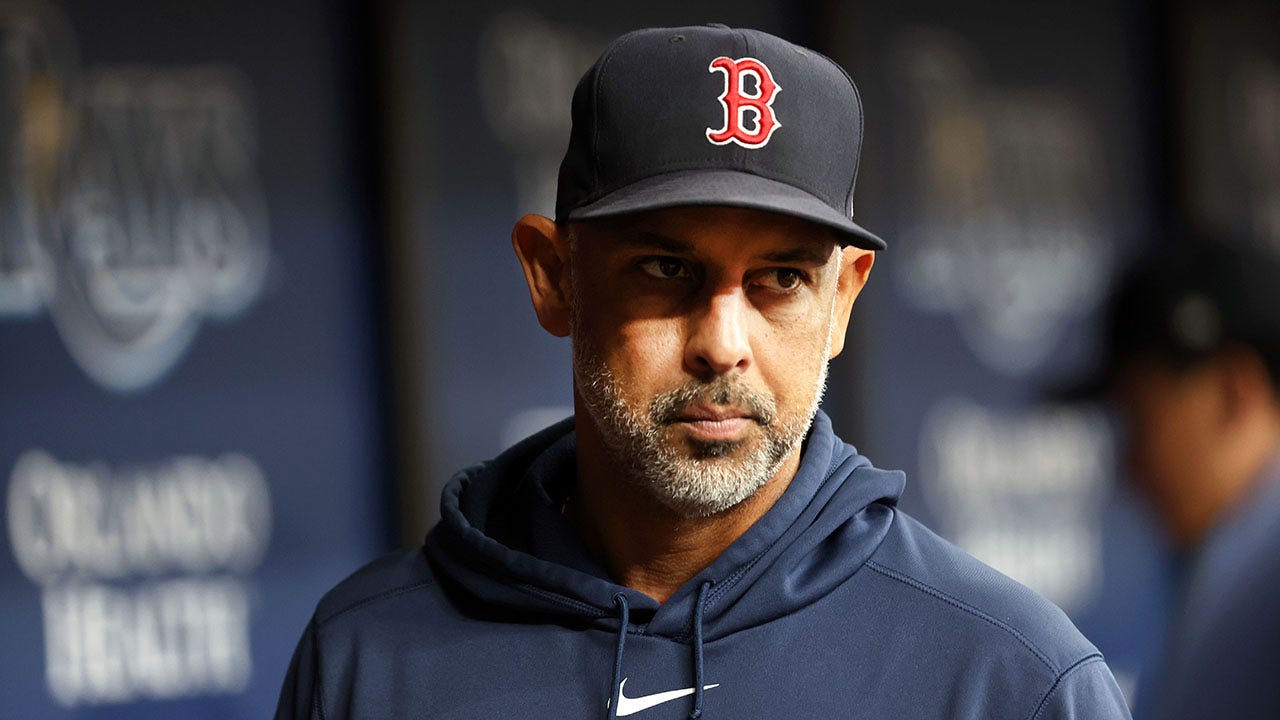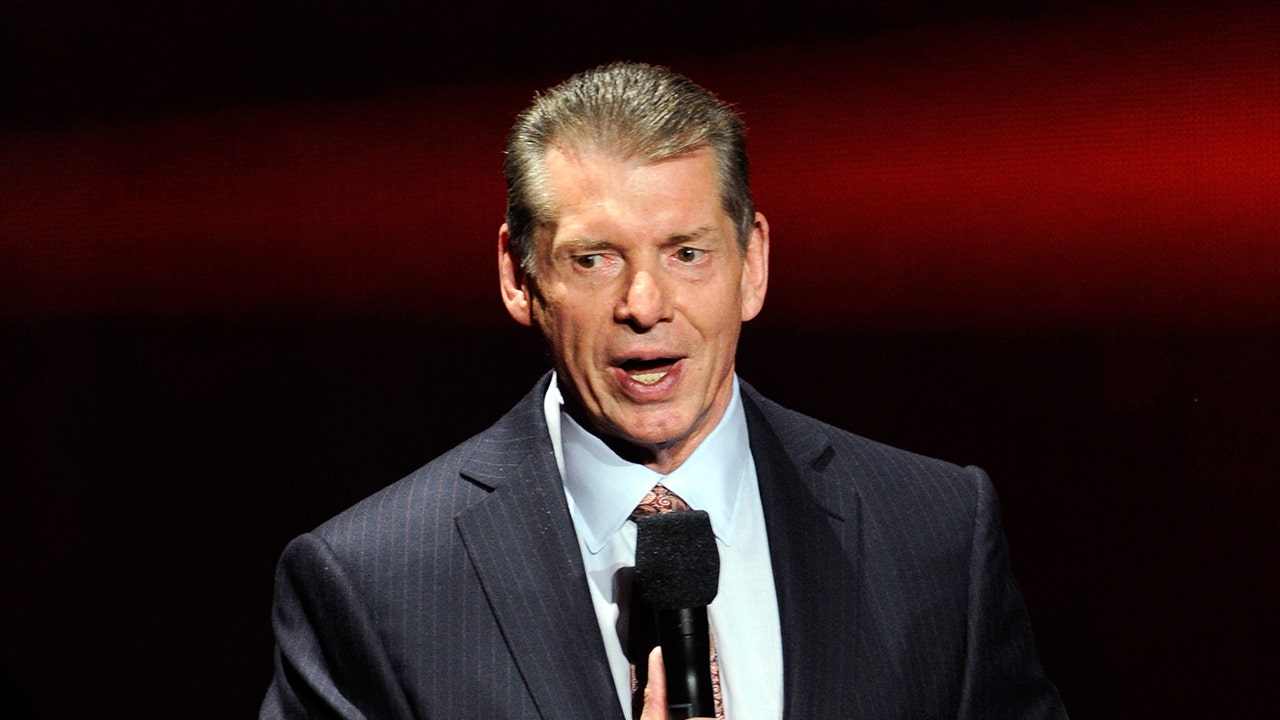On a recent sunny morning on the banks of the Adda River in northern Italy, schoolchildren on a class trip to Imbersago — the “Town of the Ferry of Leonardo da Vinci” — gathered next to a moored boat and listened as a guide explained how the flights of the river’s birds, the formations of its rocks and the workings of its ships inspired Leonardo’s genius.
“Why doesn’t it move?” one of the students interrupted, pointing to the ferry, which sat behind a chain and a sign reading, “Service suspended.” It looked like a deserted summer deck atop two rowboats.
“The water needs to be high enough for the current to move it,” answered Sara Asperti, 45. “Also, they’re looking for a new ferryman. So if any of you are interested.”
Since at least 500 years ago, when the opposing banks of the Adda belonged to the Duchy of Milan and the Republic of Venice, ferries have run on water currents and a taut rope above a narrow stretch of the river. Leonardo spent a lot of time in the area and sketched the motorless ferry around 1513. Later, the invention of the ferry, or its improvement, was attributed to him, though locals say no one knows for sure.
In the past century, reproductions of the original ferries have linked Italy’s Lecco and Bergamo Provinces, allowing wool factory workers to commute, a young Pope John XXIII to visit a favorite shrine and, more recently, tourists and cyclists to enjoy the nature paths and yellow fields of rapeseed.
But a year after Italy’s worst drought in seven decades — when much of Europe gasped for precipitation — a winter without much rain or snow has turned into a dry spring across the country’s north. In Piedmont, water tanks are already supplying a small mountain village with drinking water. The Po River valley, usually lush and rich in rice, is parched. In March, a member of Parliament brandished river stones that he collected from the dry Adige River to accuse Prime Minister Giorgia Meloni of inaction.
“I’m not Moses,” she responded.
This month, the government established a task force to tackle the scarcity of rainfall, which has also hit the Adda, where swans glide on water so low that islands have emerged, rowboats are beached and the last of what the town calls “Leonardesque” ferries has become a stationary landmark.
“If it becomes a monument, or something static, it loses its meaning,” said Fabio Vergani, Imbersago’s mayor, as he sat on the ferry, big enough to hold three cars or scores of people, but now empty. The boat was a tourist draw and an economic engine, he said, but more important, it was “the family jewel of the town — we cannot be left without it.”
The painful case of the ferry, the mayor said, was “evidence of a global problem.” He continued: “It’s not science fiction. We are feeling the real effects. What was the problem of North Africa is maybe going to be the reality of southern Europe. A lack of rain and desertification of the territory.”
But some of the townspeople say an Italian problem more daunting than climate change is the real culprit for the ferry’s immobility since May.
“Bureaucracy,” said John Codara, who owns the gelato shop next to the ferry.
Since the last ferry operators left to run a more lucrative water taxi in Lake Como, no one has bid to take over the 4,500-euro-a-year concession, even though the town has thrown in a mountain bike rental as a deal sweetener.
The mayor says no one wants to operate the ferry because it cannot function with weak currents, and tried to explain as much to Mr. Codara in his cafe. But the gelato maker wasn’t buying it. After the mayor left, Mr. Codara, who fielded calls from interested locals — “You should see the hair on this guy,” he said, cupping the phone — remained convinced that the engineering of the ferry could handle low water.
“I mean Leonardo wasn’t a moron,” he said, under a framed picture of Leonardo. He demonstrated how the ferry worked on a small wooden model made by a local pensioner — “It’s to scale; it’s worth 500 euros,” or nearly $550, and argued that low water and weak currents meant operators required elbow grease to move it across the cable connecting the two banks.
“The force of the ferry is these,” Mr. Codara said, pointing at his biceps.
What they did not need was an advanced nautical degree, he said, as he marched out of his cafe and made a beeline for a sign honoring “The Human Face of the Ferry” and its pilots over the past century. “Harvard, Harvard, Harvard,” Mr. Codara said with derision as he pointed at the names. “They all went to Harvard.”
Roberto Spada, 75, whose father was one of those ferrymen, said he helped navigate the ferry as a 12-year-old and was interested in helping out the town by doing it again as a volunteer.
“I thought with my license I could do it,” Mr. Spada told the mayor as they leaned against other signs posted next to the ferry that featured both Leonardo’s sketch and an excerpt from Dante’s “Inferno” about Charon, “ferryman of the damned.”
A retired truck driver and president of the local fishing association — which has the ferry as its logo — Mr. Spada had a boating license but seemed bewildered as the mayor explained all of the certifications and bureaucratic hoops that needed to be jumped through to pilot the ferry.
“It’s a really long process,” said Mr. Vergani, the mayor.
In the meantime, the river is at one of its lowest depths in decades.
Volunteers tending to flower beds along the riverbank were finding the dirt so dry that they put down their hoes and used a leaf blower to tidy up. Cyclists stepped over the chain, their biking shoes clicking on the ferry platform, to commiserate about the low level of the river. One of them, Roberto Valsecchi, 63, who recalled crossing with his car on the ferry as a teenager, worried that the paltry snowfall on the ski slopes this winter meant “we will suffer this summer.”
Mr. Vergani worried that even if the skies opened, officials at Lake Como, which fed the river, would hoard the water and “keep the tap closed” to ensure the lake’s own survival. The situation looked bleak. The area’s hydroelectric plants had already started rationing water.
Giuseppina Di Paola, 64, paused from feeding geese to talk about how she used to take her mountain bike on the ferry, but now walked along the banks, where “I found a lot of dead fish.”
Flavio Besana, 70, an environmental guard of the local park, was spending his day off walking the centuries-old path beside the river. He pointed to the boulders considered the inspiration for the landscape in Leonardo’s “Virgin of the Rocks.”
“All of that is usually covered with water,” Mr. Besana said, pointing at the bottom of the boulder. “In 40 years, I’ve never seen the river like this.”
Near Imbersago’s small town center, the roundabout is adorned with a large wooden model of the ferry. The loss of the main attraction means tourism on the weekdays has slowed to a trickle. Valentino Riva, 66, whose father was a ferryman in the 1970s, ironed shirts in the dry-cleaning shop off the main square and recalled more buoyant days.
“There used to be people in the piazza,” he said, as the iron hissed. “Those times are finished.”
Evening fell and the day’s gentle breeze died down, leaving the river as still as a tar pit. Across the water, on the Bergamo side, Angela Maestroni, 64, sat with her husband next to Leonardo da Vinci Street and in front of the small port where the ferry no longer goes. They reminisced about commuting on the ferry, watched the birds and fretted about the future.
“It’s months that it doesn’t rain,” she said. “The summers are so much hotter. Last year, the sun burned everything.”
Just then, a light drizzle fell from the sky, pockmarking the river and spotting the ferry platform on the other shore. Then, just as suddenly, it stopped and the sky cleared.
“It’s two drops,” she said. “It’s not enough.”







